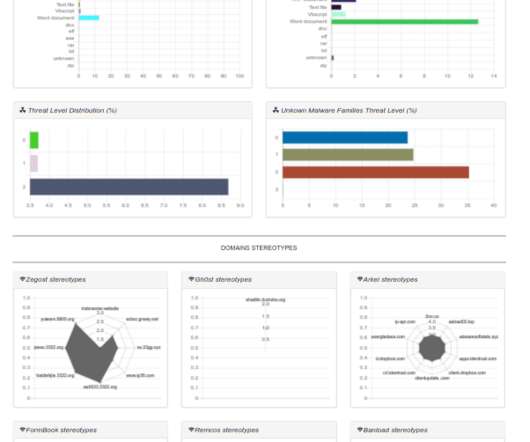Using Microsoft Powerpoint as Malware Dropper
Security Affairs
NOVEMBER 16, 2018
The script downloads a file named: AZZI.exe and saves it by a new name: VRE1wEh9j0mvUATIN3AqW1HSNnyir8id.exe on a System temporary directory for running it. I am a computer security scientist with an intensive hacking background. The following code is the execution path that drives Stage 2 to Stage 3.













Let's personalize your content